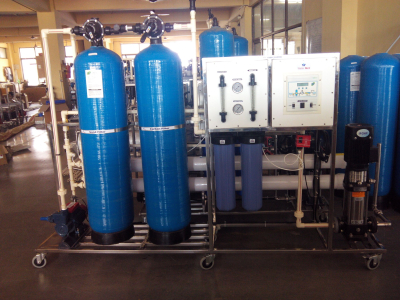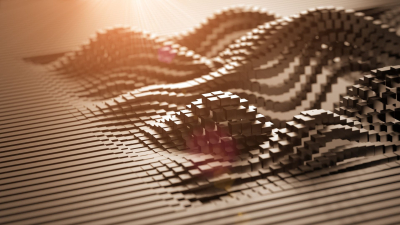What is no-till farming?

It is a method of farming by which crops are grown without disturbing the soil by tilling. If there is no tilling the crop residue on the soil prevents evaporation of rain water and more water infiltrates the soil. There is better retention of organic matter in the soil and nutrients are well recycled, thereby improving the fertility of the soil. It minimises soil erosion and no ploughing means there is no air-blown dust. It is more profitable as it does away with the labour, irrigation and machinery associated with tilling.
Tilling also damages ancient structures like burial mounds under the earth as archaeologists have found in the UK
It was Edward Faulkner's book "Plowman's Folly" which started the idea of no-till farming in the 1940s. No-till farming is widely practised in the U.S. Indian farmers started adopting the practice in the 1960s. In the Indo-Gangetic plains, rice-wheat cultivation is done using this method. In parts of Andhra Pradesh, rice-maize cultivation is done without tilling.
Picture Credit : Google

